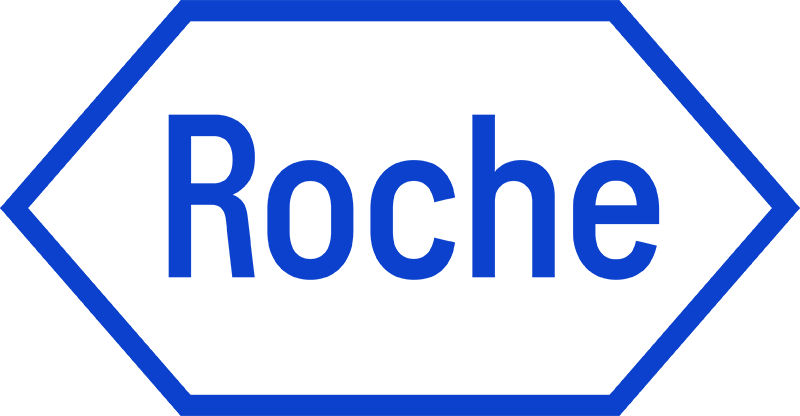The young and old are particularly vulnerable to respiratory infections. Influenza has been known to kill up to 650,000 people every year,1 while RSV is the leading cause of lower respiratory disease in children younger than 4 years of age; globally, nearly all children have been infected with RSV at least once, by age two.2 On the other end of the age continuum, RSV is also common in adults older than 65 and their risk of serious infection increases with age.3 Timely test results can help guide clinical decisions regarding treatment and patient isolation for infection control.
cobas® Influenza A/B & RSV delivers:
- Three viruses, 20 minutes to diagnosis, for your patients at higher risk
- Simple to use with minimal hands-on-time, and easy interpretation of results
- When it is not COVID-19, and other respiratory viruses are suspected
The growing menu of molecular POC assays together with this innovative, connected analyzer, forms the Roche total point-of-care PCR solution. Now, emergency rooms, primary care and other novel POC settings can reliably standardize and mobilize molecular testing, enhancing patient safety and satisfaction.



